Black Devil Snail (Faunus Ater)
McMerwe Farms comment: These snails are imported and the tip of their shells are broken (up to 1cm). The snails are 4-5cm in size. These snail wont reproduce in your freshwater aquarium. They are very similar to Malaysian Trumpet Snails, but they just wont overrun your tank. They are very active. Lovely snails to keep. They should not really harm shrimp, but because of their size, they might squish some baby shrimp. Try to keep your PH above 7 and bellow 8.5 with these guys.
Name
Faunus ater, black devil snail, black Faunus, lava snail
Faunus ater natural habitat
The Faunus ater snail is naturally found in the Western Indo-Pacific region, where it inhabits a wide range of islands. It can be found in all types of waters, including estuaries which can range from fully freshwater to mid-end brackish.
Faunus ater appearance
Faunus ater is definitely one of the more spectacular freshwater aquarium snails.
Its common name ‘black devil snail’ is derived from its black body. Its shell is also usually black, although there are also Faunus snails out there with brown shells and even ‘gradient’ shells (from black to orange to white). These are sometimes referred to as ‘cappuccino’. It’s unsure whether these are actually Faunus ater or another species in the Faunus genus.
Faunus ater looks similar to Sulawesi snails: both sport an elongated shell. In reality, Faunus snails are actually said to be more closely related to Malaysian trumpet snails. They grow to a maximum size of around 3.5″/9 cm.
Faunus ater requirements
What do you need to keep your Faunus ater snails happy and healthy?
Actually, not that much!
- Tank & equipment. Because these snails grow fairly large, you’ll need to go for an aquarium of at least around 10 gallons/38L. As with all fish and invertebrates a filter is needed to keep the tank cycled. Even though Faunus ater doesn’t like things too toasty, a heater is recommended to keep the temperature stable.
- Substrate Like some other snail species, Faunus ater likes to burrow from time to time. This means a sand substrate will be appreciated, although gravel will probably work too.
- Salinity. Interestingly, this snail is actually not strictly freshwater! If you’re setting up a brackish tank for peaceful fish like bumblebee gobies, you can consider Faunus ater as a tankmate. Some sources report Faunus snails being kept at a salinity up to full marine succesfully.
- Decor. Although not all aquarists seem to have trouble with their Faunus ater snails munching on plants, some do report damage. This means it might be wise to avoid these snails in aquascapes or tanks with expensive and rare plants. Some hiding places are probably appreciated, though, so try a few cheap plants and/or rocks and driftwood.
Faunus ater tankmates
When it comes to tankmates, Faunus ater snails aren’t fussy.
As can be seen in the video above, they are a great choice for super-peaceful setups with dwarf shrimp like red cherries and other vulnerable tankmates. This way, there won’t be any nippy fish to damage the snails’ fragile antennae and even the tiniest shrimp will be left alone. Be sure to keep at least two of these snails, as they do love company. No need to worry about snail babies!
If you do want to keep your Faunus ater snails with larger and more active fish, try to avoid any active hunters. Species that love a very low pH value and soft water don’t make a great choice either.
Faunus ater behavior
This snail behaves exactly as you would expect a snail to, with one big difference.
They are fast.
If you’re looking for an active snail that spends a lot of its time zooming around the tank in search of algae, Faunus ater is a great choice. They are actually reported to be a more active than their Sulawesi cousins and certainly cover more distance!
Breeding Faunus ater
Breeding Faunus ater snails is not an easy task. This means no risk of a baby explosion, but unfortunately also no way to ensure a steady supply of snails.
Although not much seems to be known yet, it’s suspected that breeding happens in brackish water.
Only logged in customers who have purchased this product may leave a review.


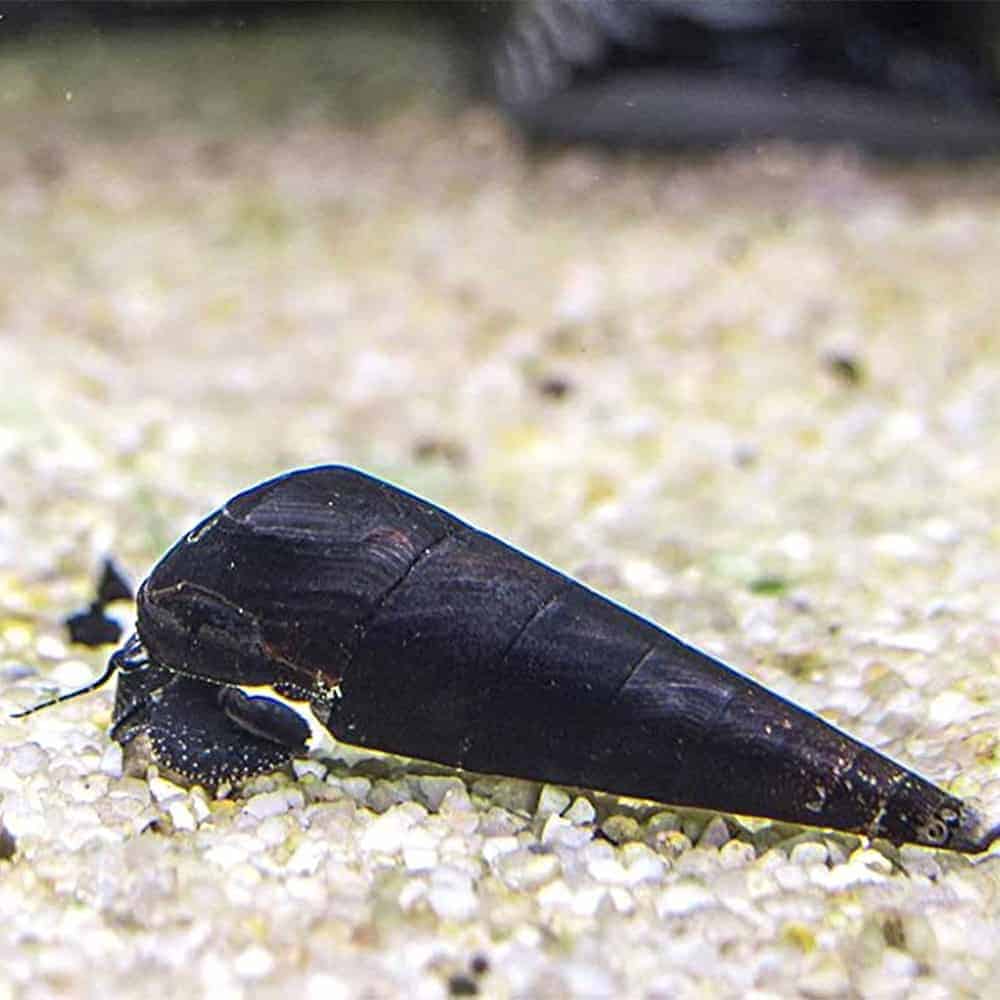

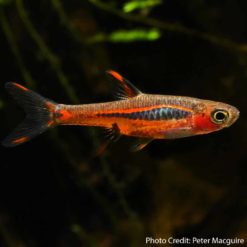
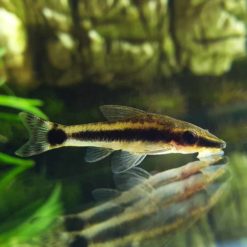
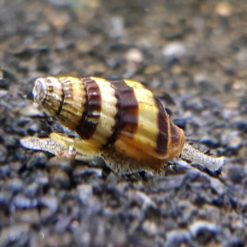
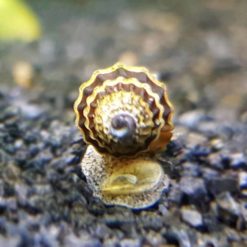
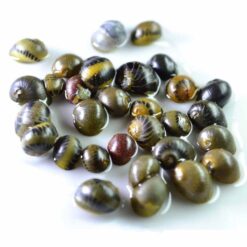
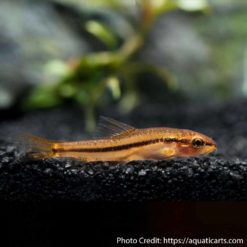
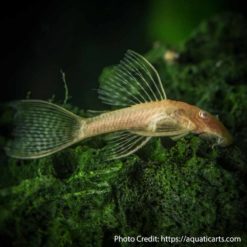
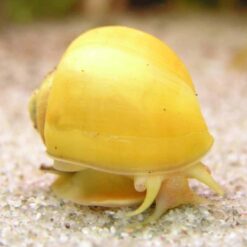
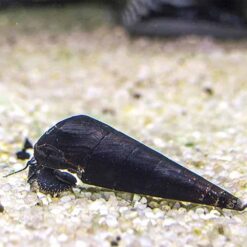

Reviews
Clear filtersThere are no reviews yet.